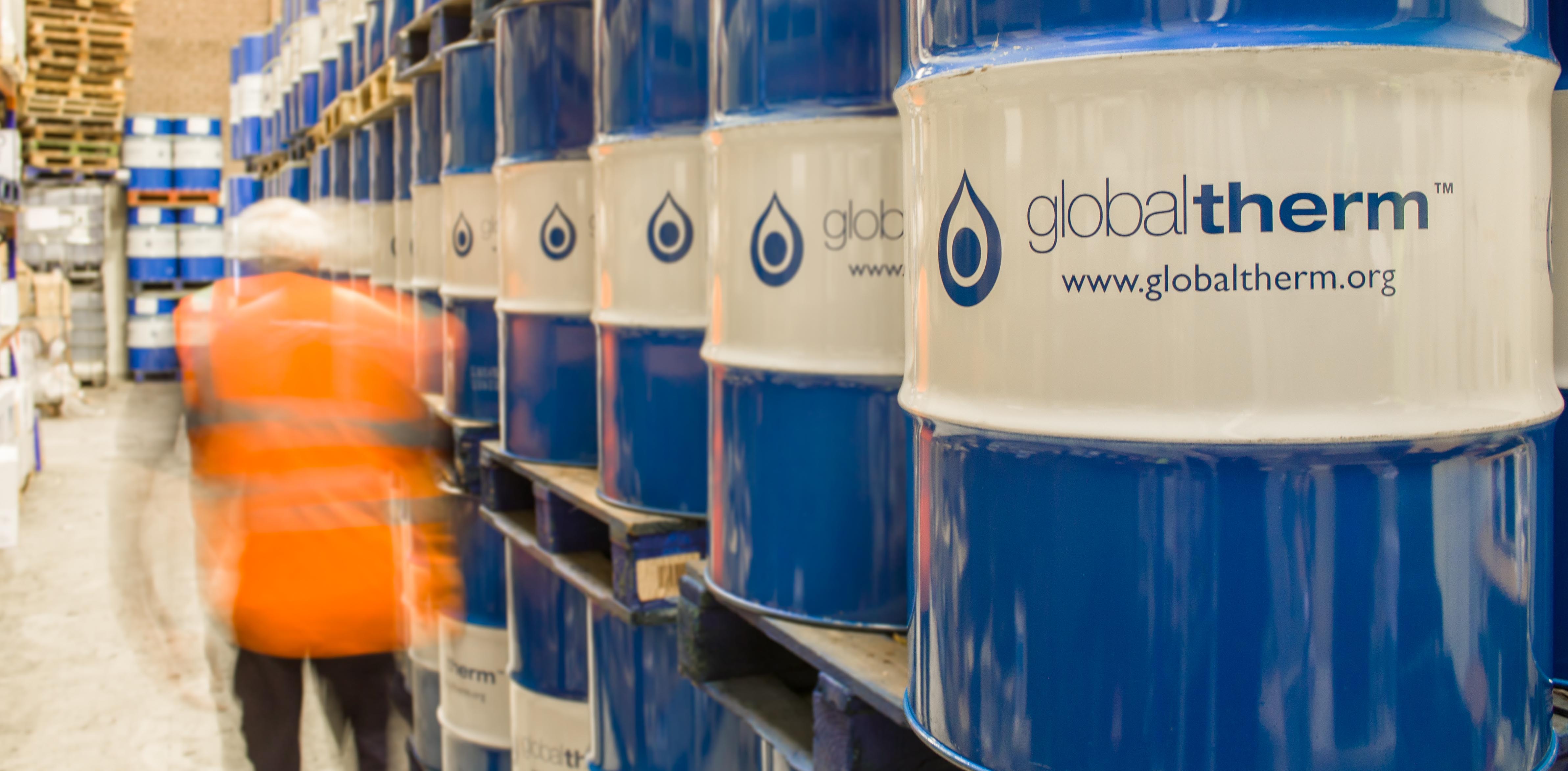Choosing the Right Heat Transfer Fluid for Your Industry: Essential Factors
Wiki Article
Just How to Select the very best Heat Transfer Fluid for Your Heating and Cooling Solutions
Selecting the ideal warm transfer liquid for heating and cooling down systems is a nuanced process that requires cautious consideration of several factors. It is critical to evaluate the details operational temperature level range, as well as the thermal residential properties such as conductivity and viscosity that effect system efficiency.Comprehending Heat Transfer Fluids
Warm transfer fluids play an essential function in numerous commercial and commercial applications by assisting in the transfer of thermal power. These fluids are crucial in systems such as power, air conditioning, and heating generation, where reliable thermal monitoring is vital for functional efficiency. The main feature of warmth transfer liquids is to absorb warm from a source and transport it to an assigned place, where it can be utilized for heating or exchanged power.
Heat transfer liquids can be identified right into numerous groups, consisting of fluids, gases, and phase-change products, each offering certain applications based on their thermal homes. dielectric cooling fluid. Usual instances include water, oils, and refrigerants, which are picked relying on the temperature range, pressure problems, and compatibility with system materials
The effectiveness of a heat transfer liquid can significantly impact the total effectiveness of a thermal system. Elements such as viscosity, thermal conductivity, and details warm capability determine exactly how well a fluid can move warm. Comprehending these features is crucial for choosing one of the most appropriate fluid for a specific application, making certain optimum efficiency and reliability in industrial processes.
Trick Residence to Think About
Selecting the suitable warmth transfer fluid requires mindful consideration of numerous crucial residential properties that influence efficiency and efficiency. Firstly, thermal conductivity is essential, as it establishes the fluid's capacity to transfer warmth effectively. Higher thermal conductivity typically leads to far better performance in home heating and cooling applications.One more essential property is viscosity, which impacts the liquid's flow qualities. A liquid with low viscosity at functional temperature levels will flow a lot more conveniently, reducing pumping energy needs. In addition, the particular warm capability of the liquid plays an essential role; a higher particular warm shows the fluid can store much more thermal energy, improving system performance.

Kinds Of Heat Transfer Fluids
A selection of heat transfer liquids are offered, each made to fulfill specific functional demands and efficiency criteria. The key groups of warm transfer liquids include water, natural fluids, and refrigerants.Water is commonly utilized as a result of its high warm ability and inexpensive, making it appropriate for several heating and air conditioning applications; nonetheless, it has restrictions pertaining to freezing and steaming factors. Organic liquids, such as glycol mixes, use a broader temperature array and are much less prone to freezing, making them ideal for applications in chillier environments. These liquids can also offer far better thermal security compared to water.
Refrigerants are created for details applications in vapor-compression refrigeration and air conditioning systems. They possess special thermodynamic homes that allow reliable warmth transfer at low temperatures. Other specialized fluids consist of mineral oils, which are usually employed in high-temperature applications due to their thermal stability and non-corrosive nature.
Selecting the suitable warm transfer liquid entails considering the operating temperature range, thermal homes, and system compatibility. By comprehending the kinds of liquids offered, one can make educated decisions that improve system effectiveness and durability.
Environmental and Security Aspects
When examining warm transfer fluids, it is crucial to think about the environmental and security elements related to their use. The selection of a liquid need to line up with regulative requirements and thermal oil reduce potential environmental influence. Liquids that are non-toxic, biodegradable, and have low international warming capacity are chosen, as they add to sustainability and decrease liability in the event of leakages or spills.Safety is an additional essential factor to consider; the liquid's flash point, toxicity, and possibility for harmful reactions have to be extensively evaluated. Fluids with high flash points are usually much safer, reducing the threat of fire in high-temperature applications - heat transfer fluid. In addition, the compatibility of the fluid with system products need to be evaluated to protect against destruction, which can lead to leakages and potentially harmful situations
In addition, appropriate handling and disposal treatments should be plainly detailed. Making use of liquids that are easy to handle and dispose of can substantially decrease environmental risks. By focusing on these environmental and safety and security elements, companies can make informed decisions that not only protect their workers and the setting but likewise boost the overall effectiveness and integrity of their heating and cooling down systems.
Application-Specific Recommendations
Comprehending the details requirements of a provided application is essential for choosing the most reliable heat transfer liquid. Various systems have unique thermal demands, operating temperature levels, and liquid characteristics that influence the choice procedure. For instance, in applications involving high-temperature atmospheres such as focused solar energy systems, molten salts or synthetic oils may be more suitable because of their exceptional thermal security and heat transfer effectiveness.
Additionally, markets handling harsh compounds, such as chemical handling, may need warmth transfer fluids with boosted corrosion preventions to prolong system life and maintain performance.
Additionally, applications with rigorous environmental guidelines might gain from bio-based fluids or those with reduced toxicity profiles. By thoroughly evaluating these application-specific elements, designers can ensure ideal performance, safety and security, and durability of their heating and cooling down systems while adhering to governing compliance and sustainability goals.
Final Thought

To conclude, choosing the optimum heat transfer liquid for home heating and cooling down systems requires a detailed examination of different elements, including operational temperature level array, thermal properties, product compatibility, and ecological security. A knowledgeable choice inevitably improves system performance, decreases operational prices, and advertises sustainability. Focusing on these considerations makes certain the long life and performance of heating and cooling down systems, adding to overall performance in thermal administration applications.
The primary feature of warm transfer fluids is to soak up warm from a source and transportation it to an assigned area, where it can be used for heating or transformed into mechanical power.
The efficiency of a heat transfer liquid can considerably influence the general efficiency of a thermal system. Aspects such as viscosity, thermal conductivity, and details heat ability figure out how well a liquid can transfer warm. In addition, the certain heat capability of the fluid plays a crucial duty; a higher details heat shows the fluid can keep extra thermal energy, improving system efficiency.
In verdict, picking the ideal warm transfer liquid for heating and cooling systems requires a thorough assessment of numerous aspects, including operational temperature array, thermal residential properties, product compatibility, and environmental security.
Report this wiki page